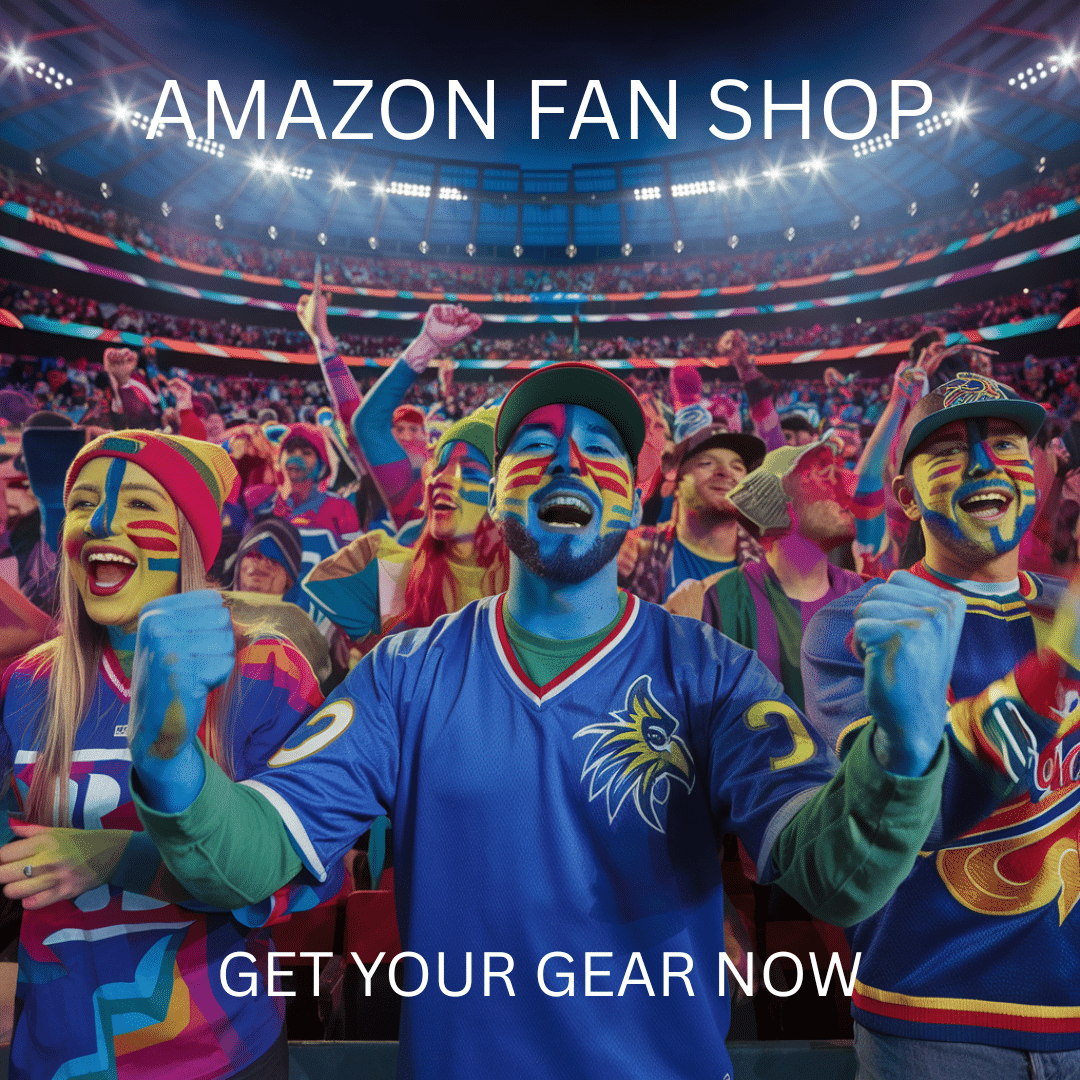Women’s Hoops First College Athlete Signature Shoe: A Game-Changer in Sports History
Overview

The landscape of college athletics is changing significantly in the era of Name, Image, and Likeness (NIL).
College athletes are now gaining unprecedented fame, reaching levels that were once exclusive to professional sports figures. They have the opportunity to build their personal brands and attract the attention of businesses keen on leveraging this new market.
The connection between college athletes and their dedicated fanbases has made them valuable as influencers.
Yet, despite these developments, a notable milestone remains unachieved: no college athlete has secured a signature shoe deal while still enrolled in school.
A signature shoe deal is regarded as one of the highest accolades an athlete can attain.
While many college athletes have formed NIL partnerships with major sporting brands, none have actually received their unique shoe style.
This distinction is important because, although athletes have received player edition shoes, these are merely designs of existing models tailored for specific players.
For instance, Kiki Rice made history as the first athlete under the Jordan Brand NIL initiative in 2022, showcasing her distinctive ‘Cherry Blossom’ version of the Air Jordan 38.
To illustrate the significance of a signature shoe, it’s essential to understand that this represents a custom silhouette designed exclusively for an athlete.
Jordan Rogers, a former Nike marketing executive, believes that the first collegiate athlete to achieve this will likely emerge from women’s college basketball.
Women’s basketball athletes typically have a better timeline for attaining a signature shoe deal compared to their male counterparts.
Men can enter the NBA at 19, while women must wait until they are 22 in the year of the draft.
This structure creates an environment where female athletes have the possibility to stay in college longer, thus enabling their fame to rise.
For example, UConn’s Paige Bueckers made headlines for her outstanding performance as a freshman in the 2020-21 season, averaging 20 points, 4.9 rebounds, and 5.8 assists.
This achievement occurred before the NIL landscape transformed, and before women’s basketball garnered extensive media coverage.
Had her freshman success unfolded in the current season, it’s likely she would be wearing a signature shoe by her junior year.
In contrast, for a male basketball star to land a signature shoe deal, discussions would need to begin well before they arrive on campus.
Companies may hesitate to invest in such young talents due to various concerns, including their relative immaturity.
As Rogers points out, allocating resources for signature shoe deals for athletes who have yet to prove themselves in college—or at the professional level—results in a high-risk scenario.
Book Your Dream Vacation Today
Flights | Hotels | Vacation Rentals | Rental Cars | Experiences
Despite potential, it remains a gamble for brands, particularly when pursuing athletes who have not yet demonstrated consistent performance.
Another obstacle for both men’s and women’s college athletes arises from their university’s apparel contracts.
Unlike professionals who negotiate unrestrictedly with various footwear brands, college players must wear the gear of their school’s official sponsors during games.
This was previously addressed in New Mexico state NIL regulations; however, recent amendments have removed such protections.
As a result, the iconic gameplay moments that brands seek to capitalize on will showcase the logos of the affiliated sportswear company, limiting the visibility of any signature shoe worn by the athlete.
Although New Balance signed highly regarded basketball prospect Cooper Flagg to a NIL agreement, during his time at Duke, he’ll still don Nike shoes on the court.
This means that while his off-court appearances may showcase his New Balance partnership, the game highlights—the moments that define his brand—will all bear the Nike logo.
This situation leaves athletes with minimal leverage in negotiations.
The exclusive footwear rights held by their schools mean that only the affiliated brand can provide on-court exposure, which is vital for any signature shoe marketing strategy.
With the rise of the transfer portal, though, some athletes may begin to regain leverage, as they could potentially negotiate signature shoe deals with brands aligned with their new schools.
Other collegiate sports have seen signature shoe deals in the past; however, basketball and football are the dominant sports that attract significant visibility.
Like women’s basketball players, football athletes must also commit to college for a minimum of three years, which diminishes the urgency tied to one-and-done situations that plague men’s basketball stars.
Yet, reaching the level of a standout freshman in football is less frequent, as athletes are often less visible behind helmets and pads. Thus, it may appear unrealistic for football players to land signature shoe partnerships.
Rogers underscores the notion that women’s basketball athletes are in a more favorable position with these opportunities.
As social media usage proliferates, the impetus on effectively utilizing NIL resources is stronger for female athletes.
They often surpass their male counterparts in terms of social media influence, securing fitting partnerships based on their cultural visibility.
Stars like Caitlin Clark, Angel Reese, Livvy Dunne, and Paige Bueckers have carved out notable personas that extend beyond sports, presenting ample opportunity for branding.
In light of these dynamics, the prospects for collegiate signature shoes seem positive, particularly among women athletes.
The significant progress in popularizing women’s sports, combined with the rising influence of female athletes on platforms like social media, indicates that the future may very well belong to them.
As college basketball evolves, the potential for signature footwear agreements for female athletes is increasingly plausible, heralding a new chapter in sports marketing and athlete branding.

